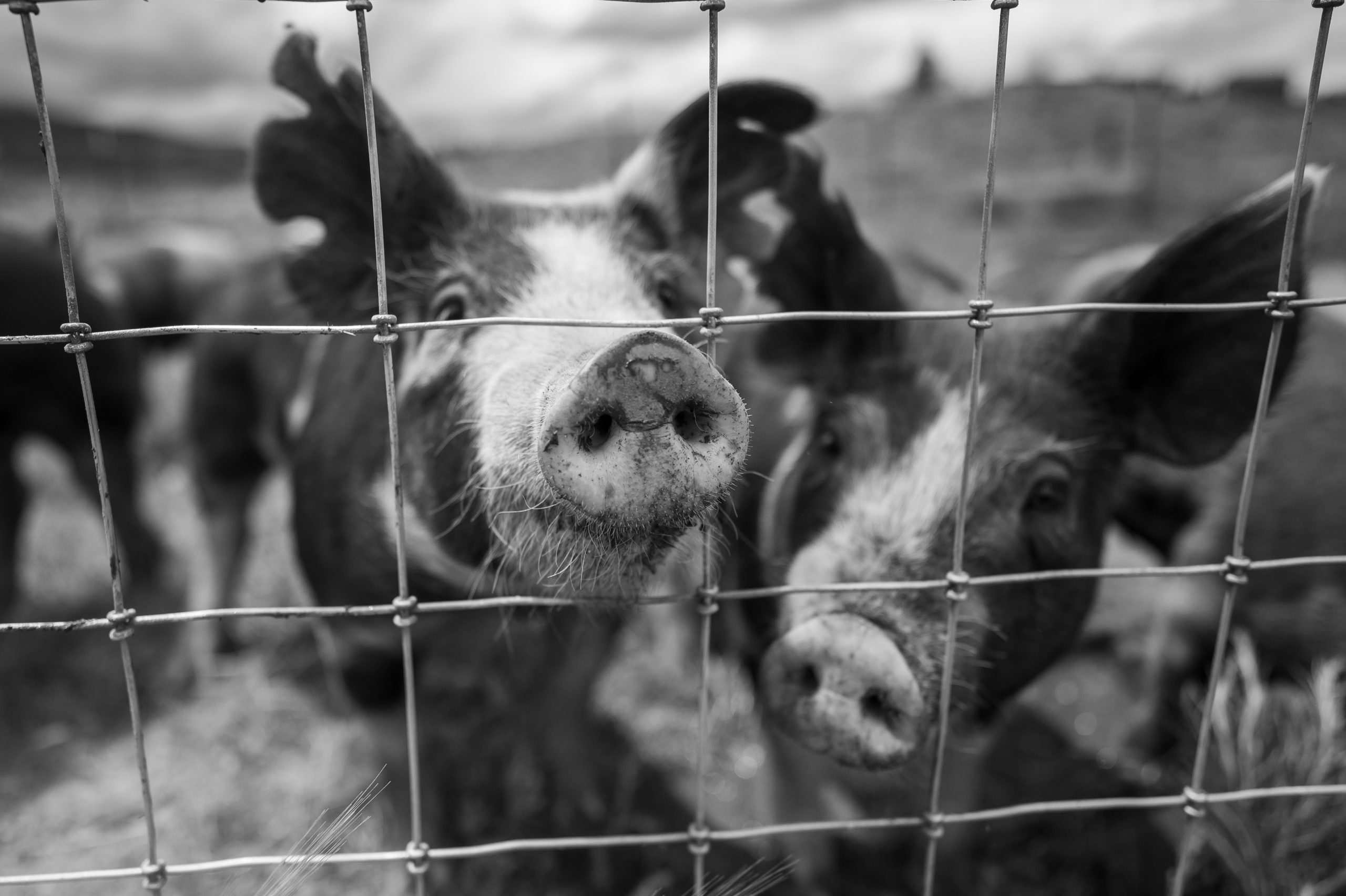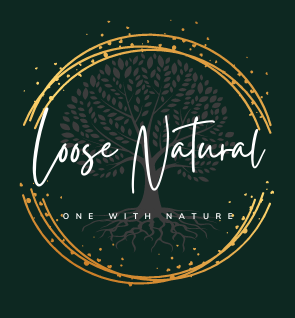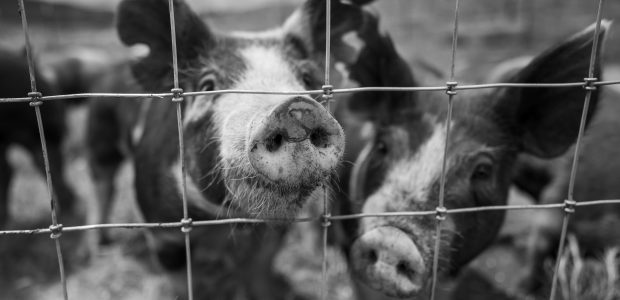
Plants help animals grow and animals help plants grow. We need both of the species to work hand in hand even when we are working on a farm.
Let’s have a look at how animals take part in permaculture, and how animals are important in permaculture. Animals are not only an important part of the permaculture system, it is a necessary part of permaculture systems. Animals indeed add some magic into the system of permaculture.
Ducks:
Muscovy ducks are a common animal in many permaculture systems because they serve multiple purposes, particularly in the orchard or food forest. They’re also entertaining to watch as they waddle around the garden.
Muscovies are available in many colours: white, black, black / white, black with green feathers, brown and white. They are distinguished by a bright red mask around their eyes and beak, which is more prominent in the male.
Muscovies are quiet ducks, making them ideal for city living as males make a hissing sound instead of quacking.
Muscovies are one of the few duck breeds that eat bugs, grass and fallen fruit which make them ideal for an orchard or food forest. Although they struggle to keep up with Kikuyu, they can control most weeds. They control pest populations by eating bugs and they control fruit flies and other diseases by eating fallen fruit.
These ducks may fly up and eat the fruit directly from the tree, usually just before it’s ripe and a way to prevent that is to remove them from the orchard when orchard trees are fruiting or clip their wings.
Muscovy eggs are ideal for baking because they are delicious and rich in nutrients. The eggs are significantly larger than chicken eggs and have a whiter, harder shell. Muscovies also make excellent meat birds and will be ready for the table in 10-12 weeks.
Silver perch:
Silver perch are hardy native fish that can be used in farm dams, aquaponics, and other aquaculture systems. They are simple to feed as they are adaptable to a variety of conditions. Silver perch have a silvery grey appearance, as the name suggests. They have spiky dorsal fins along the back and are darker on top and lighter on the belly. They can reach 50cm and 6kg in size but are unlikely to do so in farm dams.
Silver perch are tasty fish. They have a high omega-3 content, making them an excellent addition to a permaculture diet. They are typically consumed when weighing less than a kilogram.
They may be useful in keeping some pest species at bay, such as mosquitos and filamentous algae. To create a more diverse polyculture, they can be stocked with other species such as yellow perch.
Worms:
Composting worms are the ultimate suburban creature. They’re quiet, inexpensive, dependable and useful. They do not require walking, grooming or visits to the veterinarian. They are excellent permaculture animals. They live entirely on leftovers and waste, and their voracious appetites can cut landfill contributions in half while providing you with rich castings and liquid fertilizer.
There are three types of worms: anecic (deep soil dwellers), endogeic (medium depth soil dwellers), and epigeic (top layer dwellers).
Worms use waste to create garden magic in the form of castings, also known as worm poo. Castings contain beneficial microorganisms that continuously increase soil fertility. They contain a lot of organic matter and humates, which are essential for plant and soil health.
Worms produce worm juice and when diluted, this is liquid gold that can be used on all plants.
Sheep:
If you are involving sheep in permaculture, decide which breed you want to have in your permaculture system of agriculture. Choosing a breed of sheep depends upon the weather, environment, available capital and your capability of nurturing them.
Sheep are mainly used to produce wool, milk and meat. When you get sheep involved in permaculture, you make it an investment. You invest in sheep and you get back more than your investment when using their wool, milk, and meat.
Rabbits:
People love rabbits. But did you know that they make good animals to include in permaculture? Yes. Rabbits are kept on many permaculture sites for manure, meat and weed control. They’re simple, quiet and don’t take up much space, though it’s difficult to keep them free-range because they’re easily stolen by raptors, so you’ll have to keep them in cages, which may not be ideal for some designers.
Goats:
Goats eat small grasses, unuseful grass as well as unwanted plants. This means goats are helpful for permaculture, plants and business.
Goats are browsers rather than grazers, which means they prefer to eat trees and shrubs rather than grass. Because they are agile and can jump and climb, good fencing is essential.
A herd of goats can destroy an orchard in minutes, so keep pet goats in a food forest environment only if you have a solid, permanent enclosure for them. In addition, they can clear acres of brambles and/or poison oak in a matter of days.
Cows:
Cows are well-known and well-established animal species to use on the farm. Cows, as larger animals, require more space than sheep. They do, however, fit in well with sheep and other animals in a permaculture system because cows eat long grass while sheep eat short grass, allowing sheep to follow cows in the rotation system.
Cattle are now divided into beef and dairy breeds, but most older breeds are dual-purpose. If you want a house or small farm cow, a dual-purpose breed makes sense because a cow must have a calf to produce milk. And you want both good milk and a calf from which you can eventually produce beef. Cattle raised on pasture contribute significantly to the meadow’s biodiversity and the soil’s ability to store carbon.
Enroll in our LooseNatural Permaculture Courses and you will get to know more about permaculture animals.

